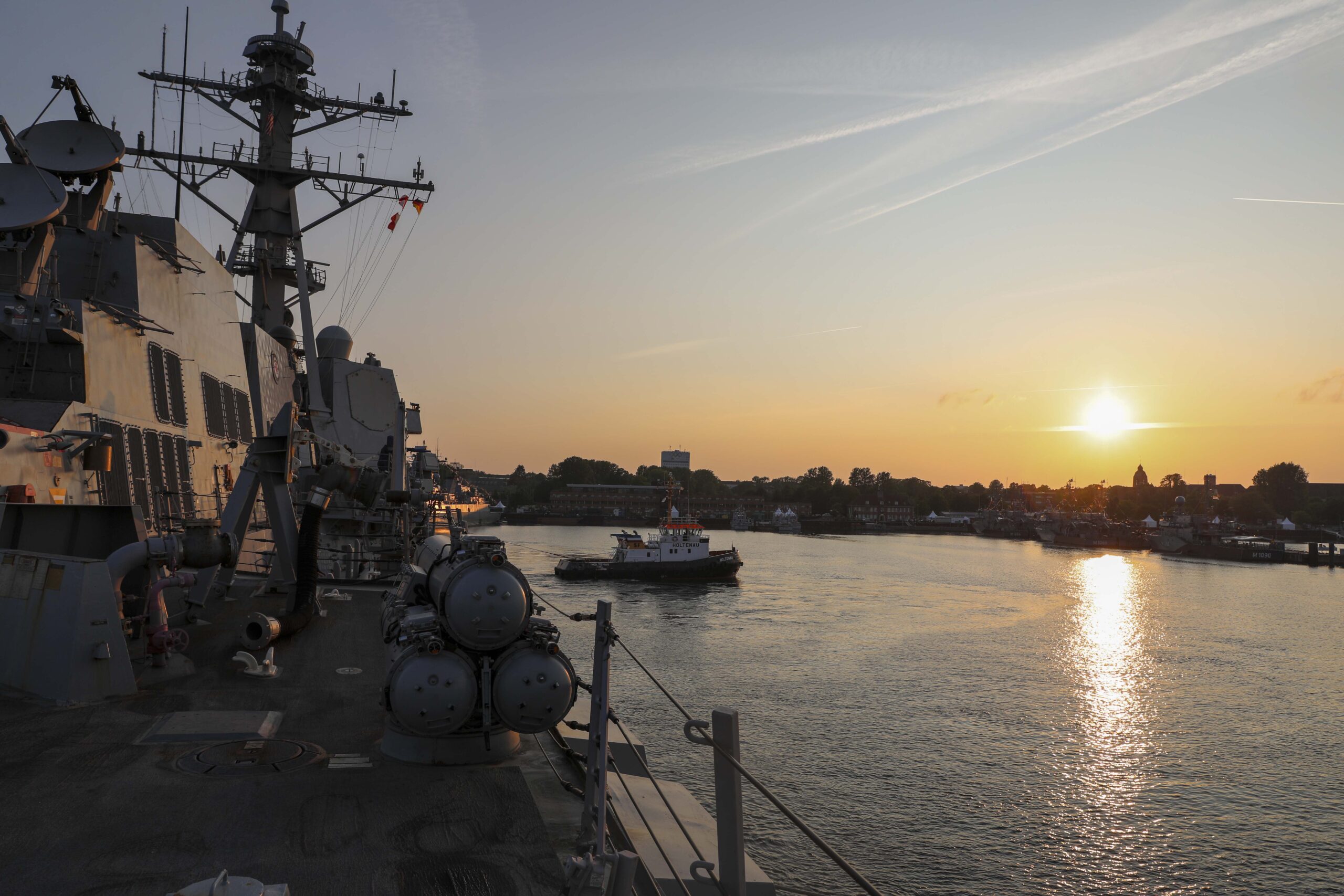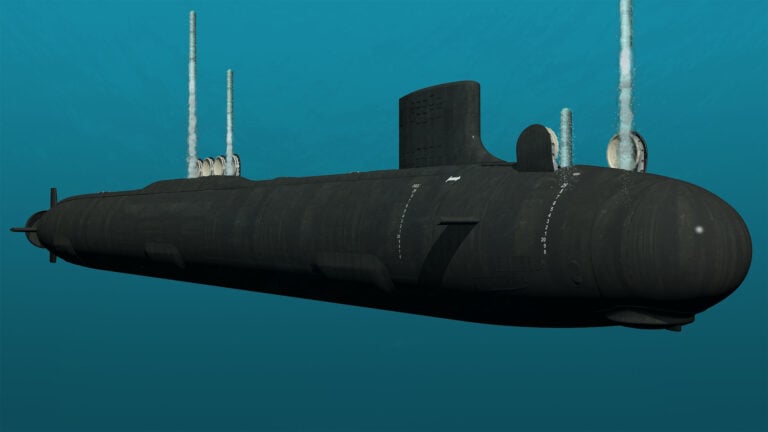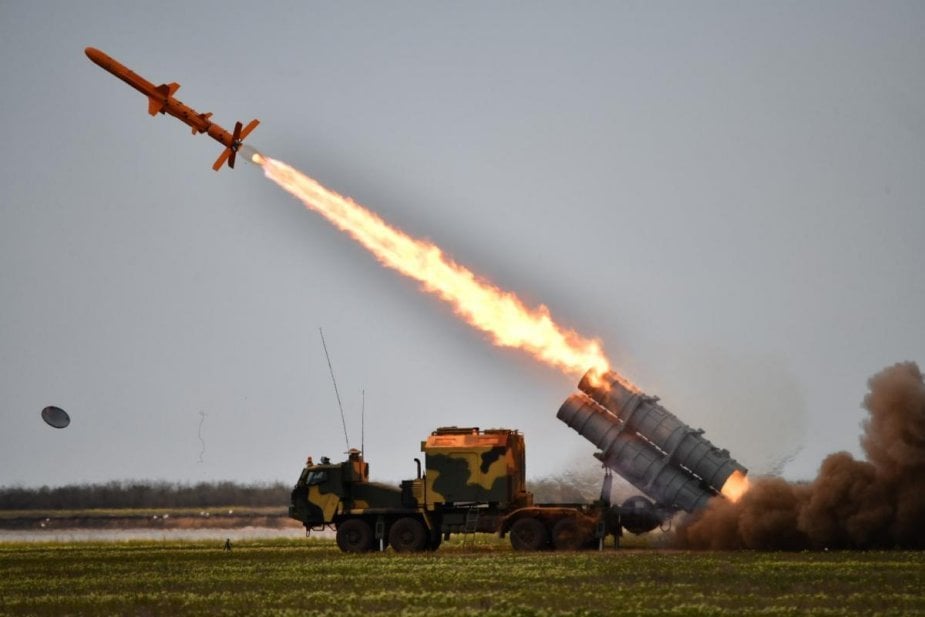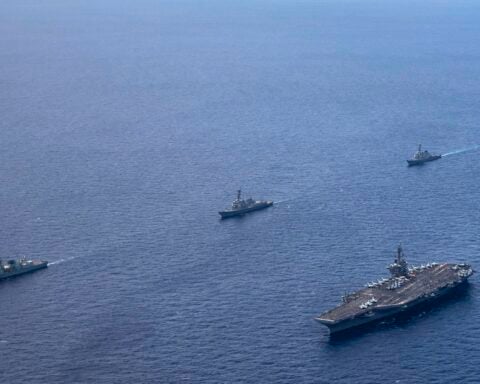
The 53rd iteration of NATO’s Baltic Operations series of exercises is set to be the alliance’s largest amid the inclusion of new members and security concerns with Russia.
Thirty warships from 20 nations have assembled over the past week at Klaipėda in Lithuania in preparation for NATO’s premier annual naval exercise in the Baltic Sea. Between June 7-20, four amphibious task groups and multinational task units composed of more than 50 vessels, 25 aircraft and 9,000 personnel from Belgium, Denmark, Estonia, Finland, France, Germany, Greece, Italy, Latvia, Lithuania, the Netherlands, Norway, Poland, Portugal, Romania, Spain, Sweden, Türkiye, the United Kingdom and the United States will participate in various maritime drills around the region.
Activities planned include antisubmarine warfare, gunnery drills, amphibious operations, mine clearing and medical responses.
“Year over year, BALTOPS delivers credible results in building our collective defense capability and the strength, agility and cohesion of the alliance,” Vice Admiral Thomas Ishee, commander of the U.S. 6th Fleet and Naval Striking Support Forces NATO, told reporters in a pre-sail conference at Klaipėda.
Since its inception in 1971, the exercise has increased in both size and complexity as NATO has accepted new members in the Baltics and faced a renewed threat from the east. BALTOPS 2024 will bring the largest assembly of amphibious and mine-hunting forces in the exercise’s history, according to a U.S. Navy release.
“If anything that Russia’s brutal aggression in Ukraine has shown us is that you have to be able to adapt to the environment in combat, so that’s a focus for me and both my U.S. command and NATO command,” said Ishee.
The 6th Fleet commander highlighted that Russia was still a capable adversary, citing its “significant capabilities” in the maritime domain, including antiaccess and area denial. From Kaliningrad, an enclave in the NATO Baltics, the Russian Baltic Fleet is stationed alongside numerous surface-to-air missiles and antiship systems.
While Sweden has participated in the exercise since the 1990s, 2024’s iteration will be the first to include the previously neutral country as a fully fledged NATO member. Stockholm previously committed to join the military alliance alongside Finland in 2022 following the Russian invasion of Ukraine. However, the pressing challenges of Russian naval forces and what Sweden claims to be a fleet of merchant vessels equipped with surveillance equipment still remains.
In line with NATO’s collective defense principle, Ishee also stressed that Russian capabilities “are something that we [NATO] have to be concerned with as we work to defend all of the alliance, now including Finland and Sweden, which have a lot of the coastline in the Baltic Sea.”
Maritime lessons from the war in Ukraine were acknowledged by Ishee, who told reporters “We are very much aware of what’s going on in the Black Sea in the war between Russia and Ukraine.”
NATO’s new warfighting plans for the defense of the Euro-Atlantic Area will also be put into practice during the exercise.
Another first for this year’s BALTOPS will be the deployment of U.S. Indo-Pacific Command-assigned naval forces, according to a NATO press release. The specific assets being deployed from the combatant command were not specified.





